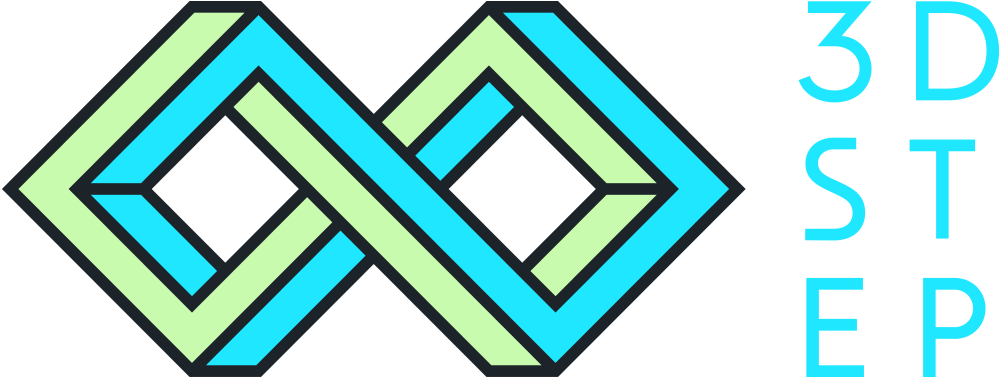Exploring New Frontiers of Additive Manufacturing
3D printing has long been touted as the next big thing in future technologies. The focus is mostly on the technology side of 3D printing. Now it's time to take a closer look at applications and business. In the words of Steve Jobs, let’s explore the junction between technology and liberal arts. In this blog post, we will examine the crossroads that are gaining interest from various industries.
We have come a long way with 3D printing as industry, but we are still only in the beginning. Businesses have found value in the first-generation 3D printing applications and have begun applying new design possibilities like topology optimization. Today, serious 3D printing applications can be found in every industry, and 3D printing is now an essential part of many businesses. Industries that once used molds and machining methods to make products and components are now using 3D printing instead, thanks to the cost, quality and agility of this technology.
For instance, OptoFidelity faced challenges with a large number of parts and diversity of customers when it came to producing plastic mechanics with traditional methods. 3D printed components as a service provided the ideal solution for their design, procurement, and logistics needs. Smart design and product optimization can result in significant cost reductions, as seen in the case of Finnish company Mirka, which achieved substantial cost and material savings through the serial metal printing of special components.
With already established players like HP, GE Additive and SLM, and new entrants such as Desktop Metal and Markforged, the competition is heating up to produce better, faster and more cost-effective 3D technologies. This competition drives innovation and leads to the development of new materials, better printing processes and more intelligent software. As 3D printing technologies continue to evolve in size, speed, and yield, costs are decreasing. 3D printing systems with large build volumes are already up and running in forerunner production sites, cutting manufacturing costs by 50%.
One area of interest is the use of biodegradable materials in 3D printing. As environmental concerns become more pressing, there is a growing demand for sustainable materials that can be used in additive manufacturing. For example, companies like UPM, Stora Enso and Sulapac are developing bio-based materials that can be used in 3D printing, offering a greener alternative to traditional polymers.
Imagination business
We already see new 3D printing businesses, platforms, and solutions that will take us beyond the limitations of our imagination. Just as the World Wide Web led the way to virtual reality, eSports and online banking, we will see the same kind of evolution with 3D printing. Just think how AI will empower imagination and design.
Imaginary aluminium 3D printed component. Created by Midjourney.
The next step in 3D printing user experience will be automated product design with AI. Digital tools, virtual assistants and gaming approaches will help designers, inventors and teams find new solutions more quickly. Smart global design warehouses will emerge, offering 3D printing optimized services, similar to Canva, Shutterstock, Midjourney and 3Dpresso. AI and automated design will complete the missing parts in designs.
The main skill required is the ability to define what you want. Conversational user interfaces and continuously growing databases and neural networks will support this. The time from idea to a complete CAD design will shorten dramatically from weeks to seconds, thanks to advances in quantum computing, cloud simulation tools and AI. Your requirement could be as simple as, "I want this component to be 85% lighter."
Many industries are hesitant to adopt 3D printing due to the misconception that their products are too big or not suitable for 3D printing for some reason. With the advances in metal 3D printing in terms of printing volume, cost and quality, it is now possible to make large metal products with 3D printing. The possibilities are endless. At the moment the largest powder-based metal printing systems can make up to 1.5-meter-tall products as serial production.
Moreover, with the digital manufacturing philosophy, which enables smart product design, local production, and optimized logistics, we anticipate that costs for products made partially or entirely through 3D printing could decrease by approximately 80% over the next five years.
In conclusion, while 3D printing has already made significant advances in recent years, there is still much room for innovation and growth. By focusing on new materials, service innovations, and emerging industries, we can unlock the full potential of additive manufacturing and create a more sustainable, efficient, and innovative future.

